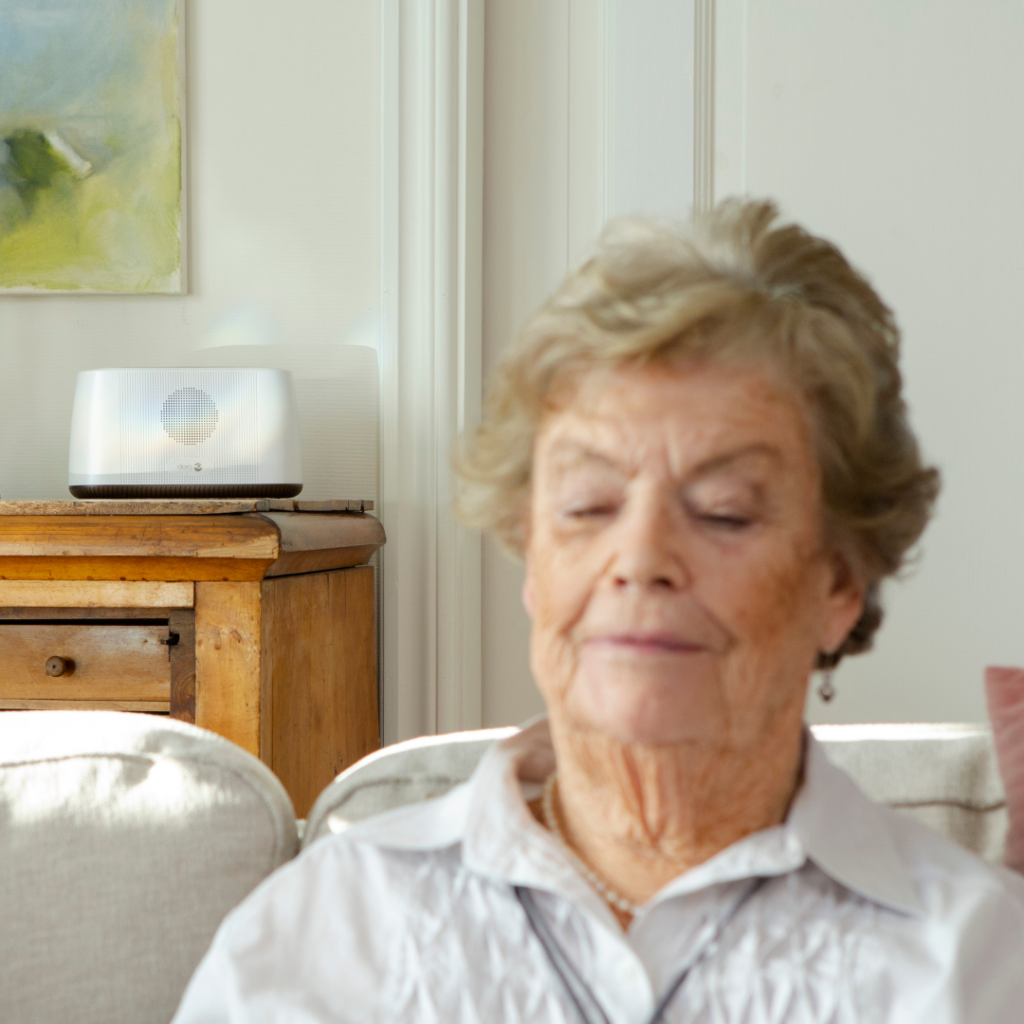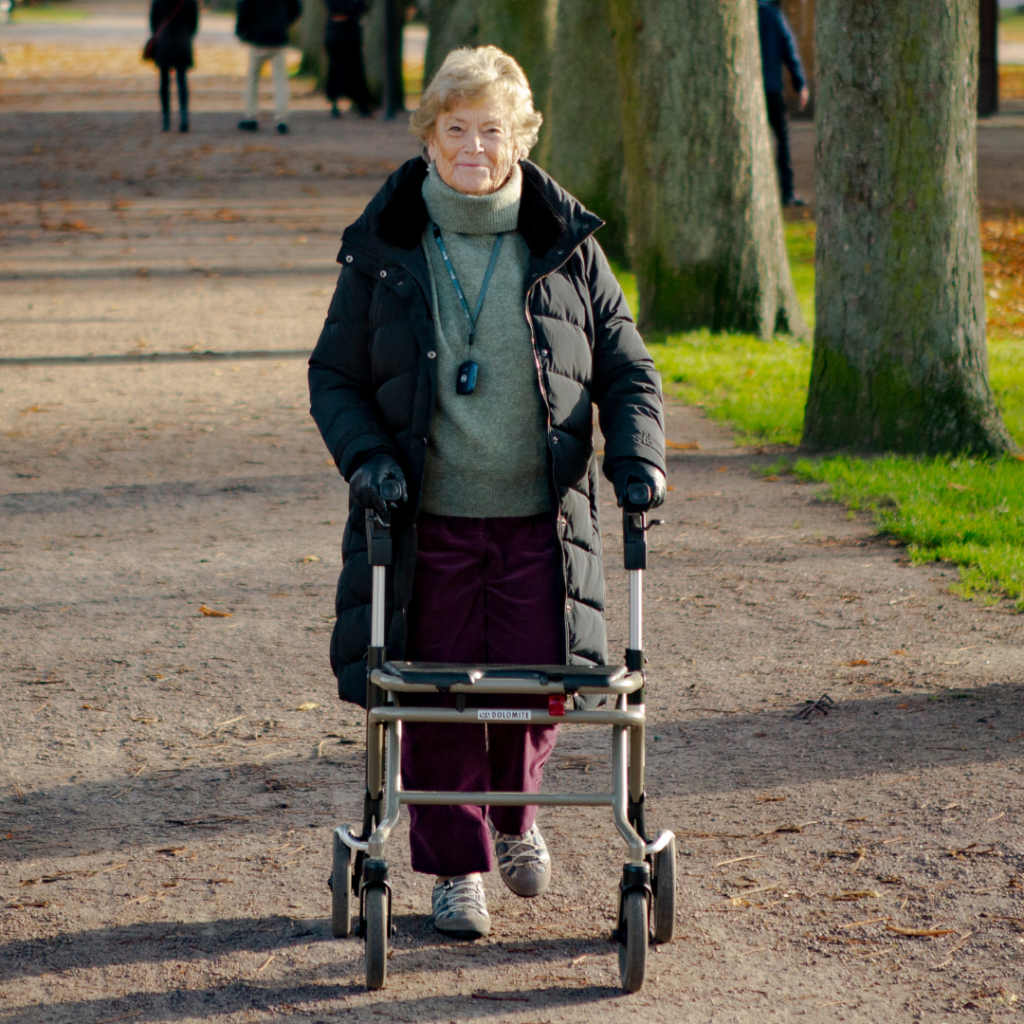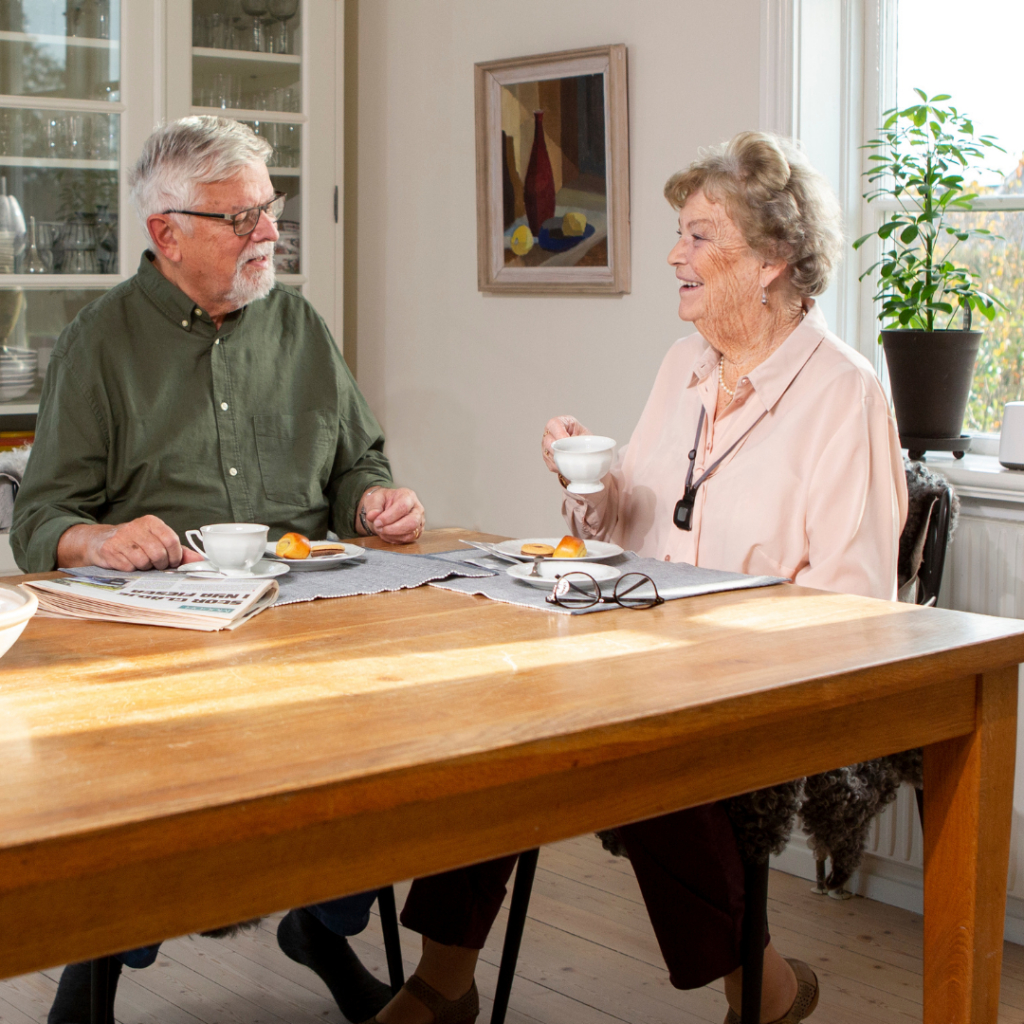
Digital telecare: transitioning to digital systems
Why the technology enabled care industry is going digital what it means for users and service providers
Technology is evolving. The analogue care systems the world has used for much of the past century are being overtaken by the opportunities of digital systems. The transistion is not without issues – as the two systems are brought together there have been negative impacts on a wide range of technologies and resources that we are reliant on, including social alarms
Outdated technology
The problems experienced when using analogue social alarms are, for the most part, a result of trying to use outdated technology with new infrastructures. Even hybrid solutions are not reliable enough and, importantly, they are not future-proofed. The key issues that analogue social alarms create for the care system fall, largely, under three main categories: societal issues, operational issues and functioning issues.
Digital alarms more reliable
In Sweden in 2007 it was estimated that 20% of analogue alarm connections via digital networks, such as 4G and fibre optics, failed. With a failure rate as high as 20%, local authorities and service providers were beginning to question the reliability of analogue social alarms, and whether users were being put at risk by depending on them. New digital social alarms have a significantly higher connection reliability rate than analogue alarms and, most importantly, the connectivity status is visible.
Cost efficiency
Switching from analogue to digital systems also saves money in the long run as they are less expensive to maintain and support. Maintaining analogue alarms will become increasingly demanding for local authorities that are yet to upgrade to digital solutions. They need to be tested manually, and updated and modified to keep up with technology.
Digital solutions, in contrast, are under constant online supervision and most modifications and software updates can be done remotely. By removing the need for physical visits by the local authority or service provider personnel, costs are cut.
The now and the future
Digital telecare has enormous potential for the future of social alarms and healthcare. It is designed to integrate with new digital infrastructures and offers reliability, efficiency and quality to people around the world, giving them the freedom to live and enjoy their lives as they please. It doesn’t just meet the requirements of new technology – it also ensures that older people can continue to live independent lives.
Download here:
Digital telecare: the need for a transition to digital systems and the associated opportunities and benefits (eng)
More White papers










 International
International
 France
France
